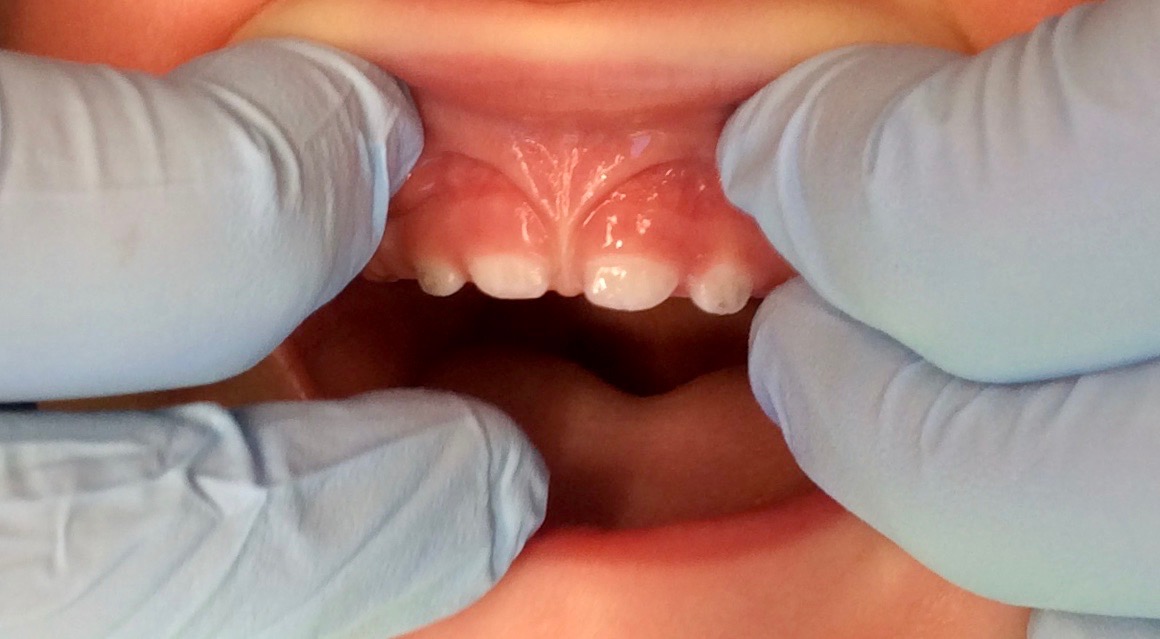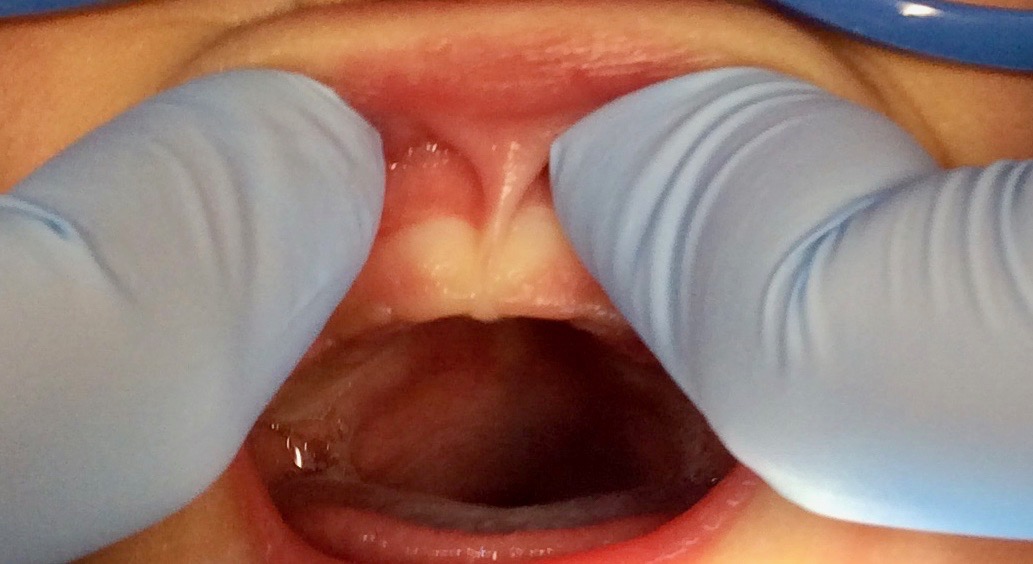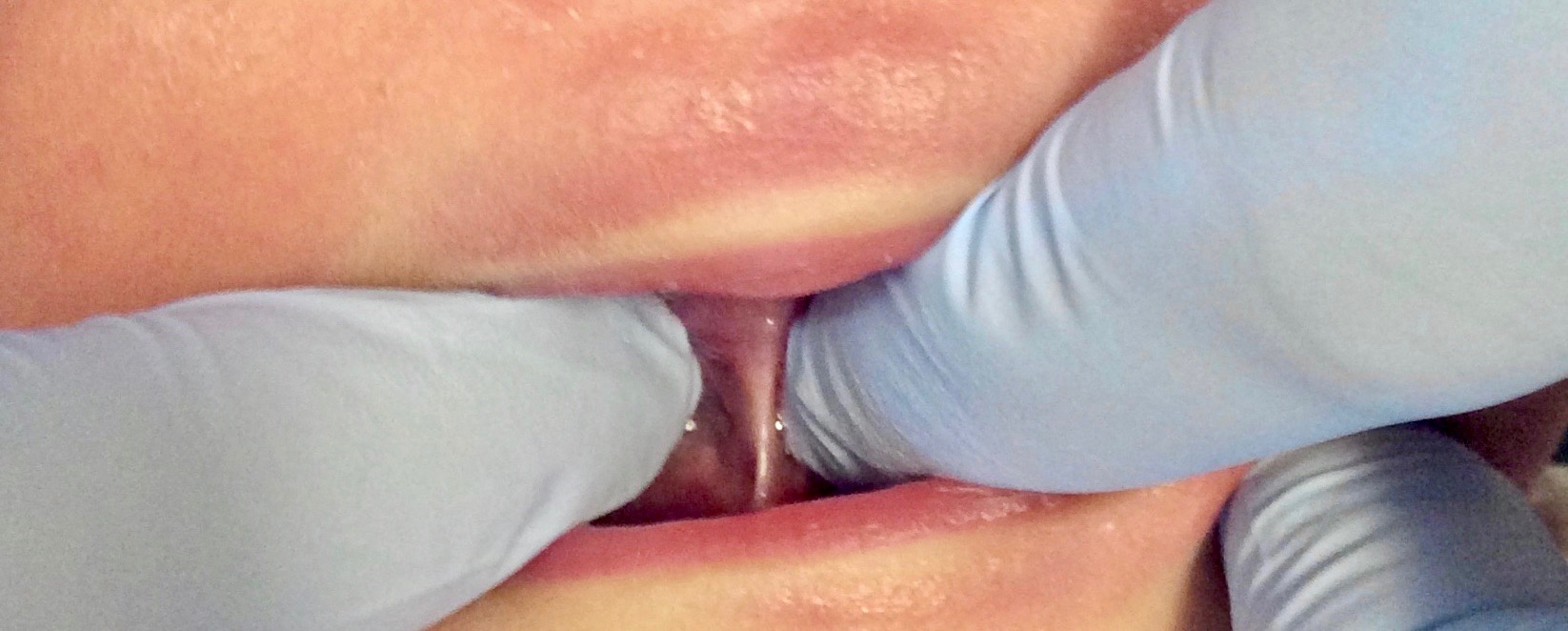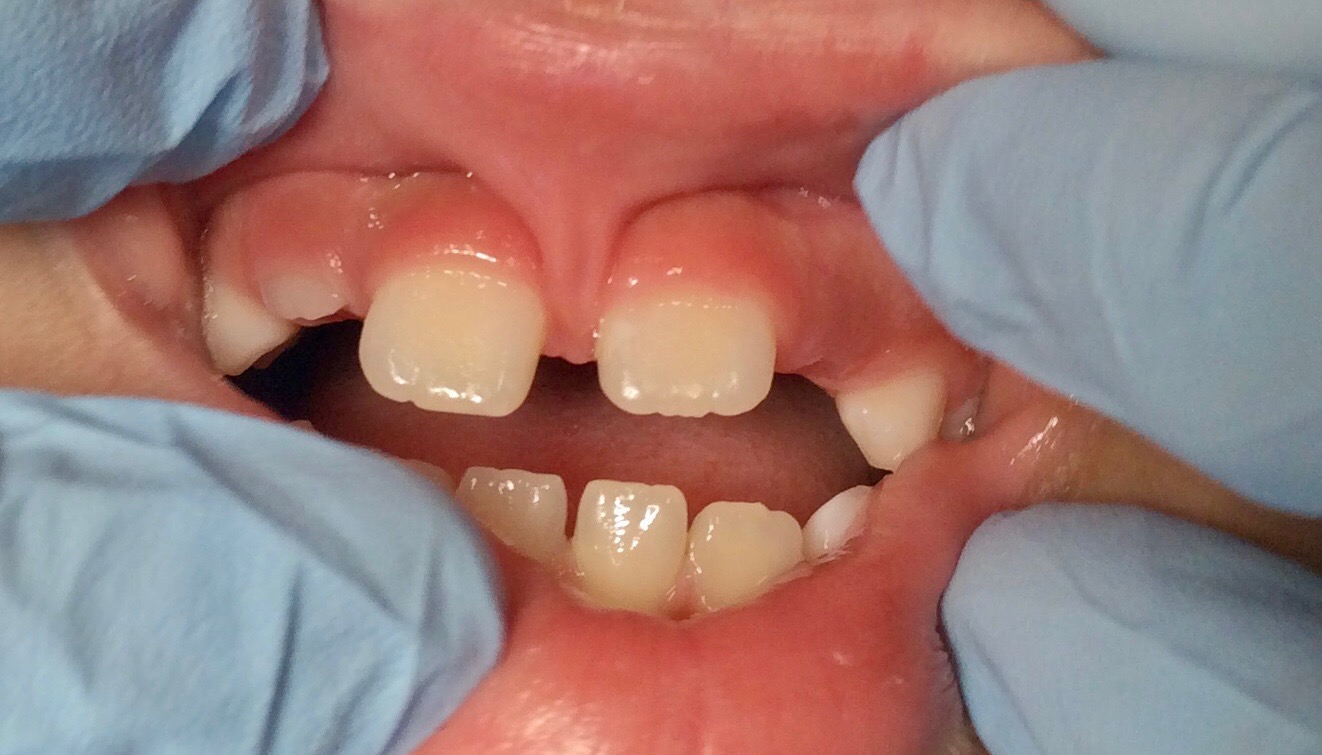Does Your Baby have Tongue Tie and Lip Tie?

Breastfeeding should be pain-free and enjoyable
Nursing should be pain-free and pleasurable. Mother’s who experience significant pain, or difficulty latching, nipple blanching, bleeding or cracked nipples, and/or mastitis; babies who are not gaining weight, are gassy, have colic, acid reflux… should have their baby evaluated for lip and tongue tie! Unfortunately, tongue and lip ties are often overlooked by other professionals and can often cause the mother to stop breastfeeding completely. Dr. Stern has traveled all over the country to learn the latest techniques and treatment from the leading experts in tongue and lip tie diagnosis and treatment. After the simple laser frenectomy procedure which Dr. Stern performs in the office many parents report significant weight gain for their child, with colic, reflux and pain during breastfeeding completely disappearing! We encourage mothers to continue working with a lactation consultant even after a tongue/lip tie has been corrected. When is the best time to have my infant evaluated and treated for a tongue-tie? The sooner the better! We have treated infants as young as 4 days old and mothers were able to breastfeed immediately after the procedure with many reporting that their pain went away completely with a significant improvement in latch.
If you or your baby are experiencing any of the below symptoms, your child may have a tongue tie (ankyloglossia) or a lip tie:
-
Baby’s Symptoms:
- Poor Latch
- Clicking (swallowing air during nursing)
also known as aerophagia - Reflux
- Colic
- Slides off nipple when attempting to latch
- Poor weight gain
- Wakes up frequently to feed
- Latex-free office
- Snoring, sleep apnea, or heavy breathing
Mother’s Symptoms:
- Painful breastfeeding
- Cracked, bleeding, or sore nipples
- Pain when baby attempts to latch
- Infected nipples or breasts
- Plugged ducts
- Mastitis
- Under supply of breast milk
What is a tongue tie (ankyloglossia)? What is a lip tie?
Tongue tie or ankyloglossia, is a condition that restricts the full range of motion of the tongue. During development a string of tissue located in the center of the mouth, called a frenum, is supposed to shrink. Everyone has a lingual (tongue) frenum which can usually be easily seen in the mirror underneath your tongue, however, in some people this frenum fails to shrink limiting the mobility of the tongue.
A maxillary frenum is a string of tissue between the inside of the upper lip and upper jaw (maxilla). The frenum varies its thickness and the location of the areas where it attaches to the upper jaw and the inside of the lip. A lip tie exists when the lip is not able to be moved or curled up easily and may cause the gingiva to significantly blanch. The upper lip should easily be able to be rolled up to the nose with little to no resistance and little to no blanching of the gingiva to where it attaches.
How do I know if my baby needs a tongue tie or lip tie release?
Does my child need to be 'knocked out' or put to sleep for the surgery?
How is the procedure done?
Will my baby need stitches?
Do you make the area numb?
Can I stay with my child during the procedure?
Will I be able to breastfeed right away?
Will I need to do stretches?
Babies With Nursing Difficulties
A baby that has a tongue tie, lip tie, or both, can have a poor latch resulting in problems sucking and creating a good seal around the nipple. You may also hear the infant making clicking noises when feeding from the breast or a bottle. This is the baby swallowing air (known as aerophagia) which can lead to colic, spitting up, reflux and a failure of the baby to gain weight!
Posterior Tongue Tie
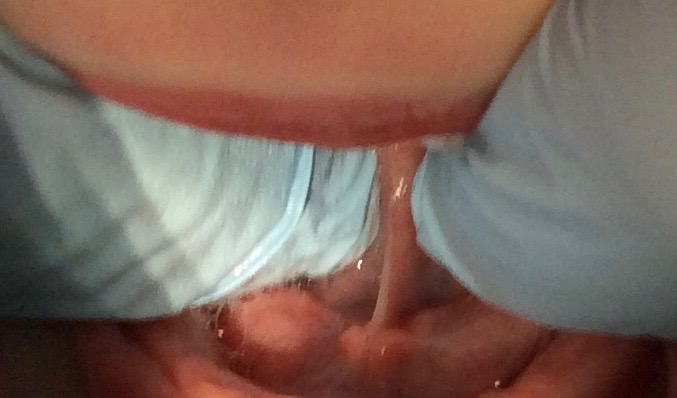 This type of tie is difficult to see and is often missed by other medical providers that are not trained to look for it. It is often called the “hidden tie.” Fortunately, this type of tie can easily be felt and also visualized by elevating the infants tongue upwards. Notice how in the photo on the right the fingers are underneath the tongue lifting it up towards the roof of the mouth. If your baby is having the typical symptoms of a tongue tie: poor latch, clicking noises, not gaining weight, colic, gassy, reflux, etc… and you do not notice a string under the tongue, it is likely that your child has a posterior tongue-tie.
This type of tie is difficult to see and is often missed by other medical providers that are not trained to look for it. It is often called the “hidden tie.” Fortunately, this type of tie can easily be felt and also visualized by elevating the infants tongue upwards. Notice how in the photo on the right the fingers are underneath the tongue lifting it up towards the roof of the mouth. If your baby is having the typical symptoms of a tongue tie: poor latch, clicking noises, not gaining weight, colic, gassy, reflux, etc… and you do not notice a string under the tongue, it is likely that your child has a posterior tongue-tie.Why Dr. Stern?
Dr. Rod Stern is one of the few Board Certified Pediatric Dentists on Long Island that uses a CO2 laser for tongue tie and lip tie surgery, who is also recognized as being proficient in dental laser use by the American Board of Laser Surgery. Dr. Stern provides exams, diagnosis, and laser surgery of tongue and lip ties for infants and toddlers. He is a Diplomate of the American Board of Pediatric Dentistry, a Board Certified pediatric dentist, and a member of the American Academy of Pediatric Dentistry. Dr. Stern has travelled all over the country to learn from the leading experts in laser lip and tongue tie release to help babies and families with the latest techniques and technology. At our office we do a full examination on each and every child to determine if treatment is needed. If treatment is indicated, the procedure can be done the same day! The laser tongue & lip tie release can be complete in as little as 20 seconds of laser time with minimal to no bleeding, no stitches, and no general anesthesia! Dr. Stern understands that this can be a stressful time for a parent, therefore, to reduce the parent’s anxiety he welcomes you to stay in the room with your child during treatment. You will be able to breastfeed immediately after the procedure. Dr. Stern is passionate about what he does and has helped many families and babies that have difficulty with breastfeeding, and speech. If breastfeeding your baby is a struggle, or your child has speech difficulties, it would be our pleasure to help you learn more about this condition that is often misunderstood and not diagnosed.


